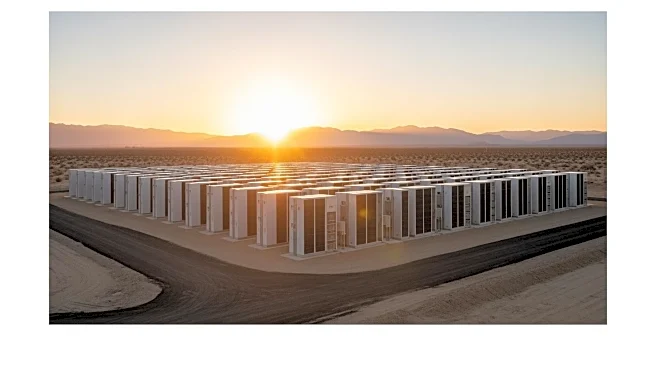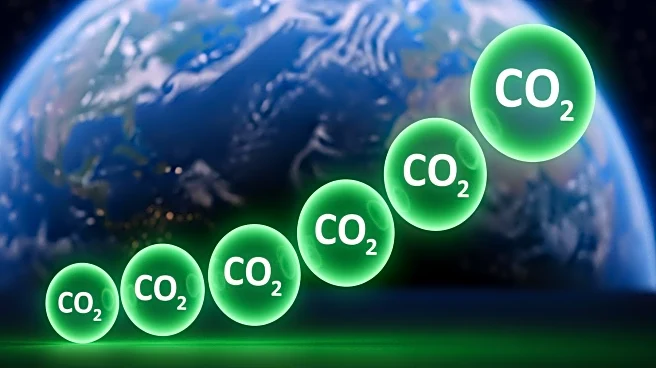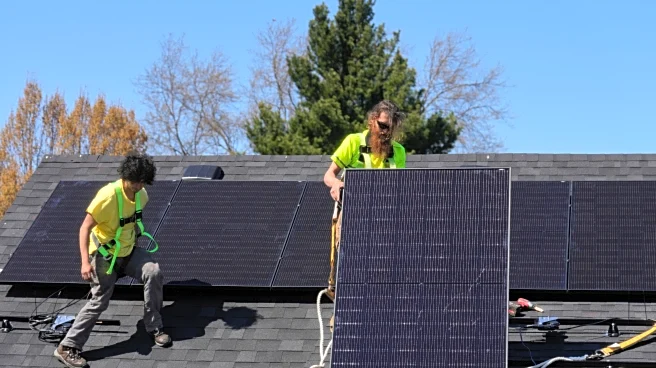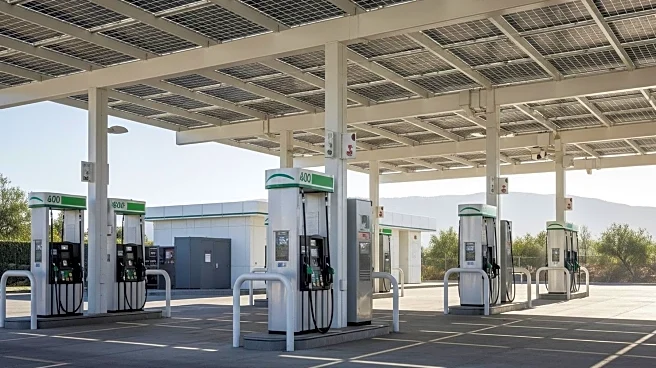What's Happening?
The North Pacific Ocean has recorded its warmest summer on record, according to data analyzed by the European Copernicus climate service. The phenomenon, known as the 'warm blob,' has seen sea surface
temperatures rise significantly, confounding climate scientists. This marine heatwave is believed to be influencing weather patterns across the Pacific, leading to supercharged thunderstorms in California and potentially altering weather in Europe. The increase in temperatures is attributed to global warming and changes in shipping fuel regulations, which have reduced sulphur dioxide emissions, a cooling agent.
Why It's Important?
The record-breaking temperatures in the North Pacific Ocean highlight the ongoing impact of climate change on marine environments. This heatwave could have significant implications for weather patterns, potentially leading to more extreme weather events such as storms and flooding. The reduction in sulphur dioxide emissions, while beneficial for air quality, may inadvertently contribute to warming by removing a cooling effect. This situation underscores the complex interplay between human activities and climate change, emphasizing the need for comprehensive environmental policies.
What's Next?
The ongoing marine heatwave in the North Pacific is expected to continue influencing weather patterns, with potential impacts on both sides of the Pacific. Researchers will likely continue to monitor these changes to better understand the long-term effects on global climate systems. The situation may prompt further discussions on environmental policies, particularly regarding emissions and their role in climate change.
Beyond the Headlines
The marine heatwave in the North Pacific raises ethical and environmental concerns about the impact of human activities on natural ecosystems. The reduction in sulphur emissions, while beneficial for human health, highlights the unintended consequences of environmental regulations. This situation may lead to increased advocacy for more sustainable practices and investment in renewable energy to mitigate climate change.













